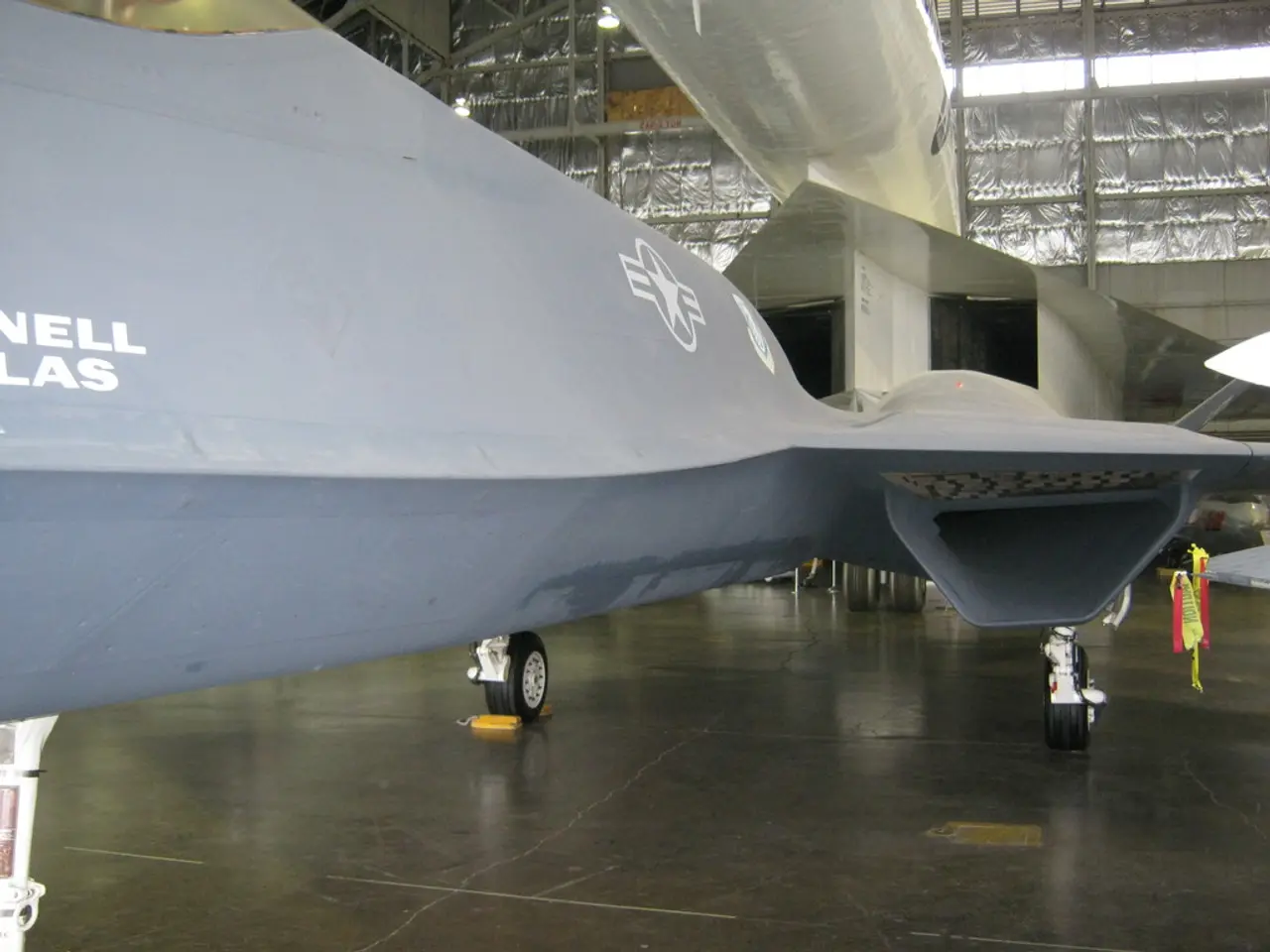Airline Safety Rankings: Understanding the Methodology and Their Continuous Changes
Every January, Airline Ratings, a leading aviation safety evaluator, releases a list of the World's Safest Airlines. This prestigious list is compiled by thoroughly examining airlines that have earned a seven-star safety rating, signifying exceptional safety performance.
Airline Ratings' comprehensive evaluation process assesses multiple key factors to determine an airline's safety rating. These factors include the frequency of recent serious incidents, the average age and size of the fleet, pilot training, financial stability, compliance with major safety audits, and how airlines handle incidents.
The safety ratings are based on real-world performance and strict criteria. For instance, an airline's response to safety issues and incidents plays a significant role in its rating. Three stars are removed from the rating if a fatal crash involving passengers or crew has occurred in the last decade.
Not all fatalities are treated the same. Accidents caused by terrorism, hijacking, or pilot suicide, as well as accidents that were clearly not the airline's fault, are not penalized.
Airline Ratings' mission is to maintain air travel as the safest form of transportation. They work closely with airline partners to promote safety, support best practices, and honour the extraordinary work being done in commercial aviation every day.
In the past, airlines like Cebu Pacific have been recognised for their strong safety records, low incident rates, investment in modern fleets, and continual passing of stringent IOSA audits. Even airlines without IOSA certification, such as EasyJet (UK), which has had no crashes in its 30-year history, can still earn a star due to their impressive safety records.
In the coming year, the safety rating system will be updated to better reflect the realities of modern air travel. New factors such as airline policies around onboard lithium batteries, safety videos, and the use of advanced safety monitoring tools will be considered. The ratings will also be checked and updated more frequently throughout the year to reflect changes in airline safety performance.
The ratings also consider how the airline and its home country perform in major international safety audits such as IOSA, ICAO, EU airline bans, and FAA safety ratings. One star is earned for passing all audits, while a star is removed for failing them.
Airline Ratings safety ratings were created in 2012 by Aviation expert Geoffrey Thomas and his wife Christine with the goal of helping travellers feel informed and confident. The list of the World's Safest Airlines is released annually, highlighting those who set global benchmarks for aviation safety.
For travellers seeking a safe and secure flying experience, Airline Ratings' safety ratings remain the gold standard.
- Airline Ratings, a leading evaluator in the aviation industry, releases a list of the World's Safest Airlines every January, based on a comprehensive evaluation of numerous key factors.
- The safety ratings by Airline Ratings are stratified by strict criteria, taking into account factors such as an airline's response to safety issues, financial stability, compliance with major safety audits, and incident handling.
- Airline Ratings works closely with airline partners to maintain air travel as the safest form of transportation, promoting safety, supporting best practices, and acknowledging the commendable work in commercial aviation.
- For travelers seeking a safe and secure flying experience, Airline Ratings' safety ratings serve as the gold standard, highlighting those airlines that set global benchmarks for aviation safety.





